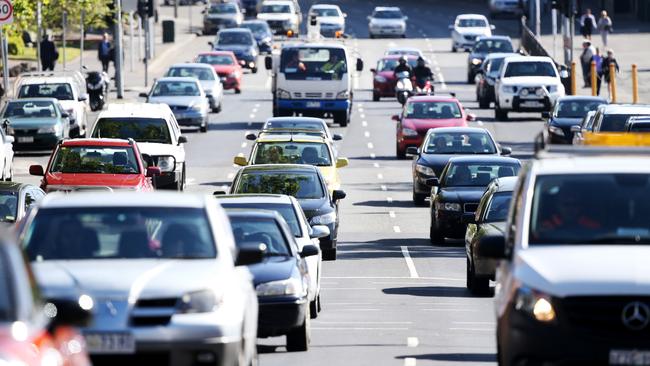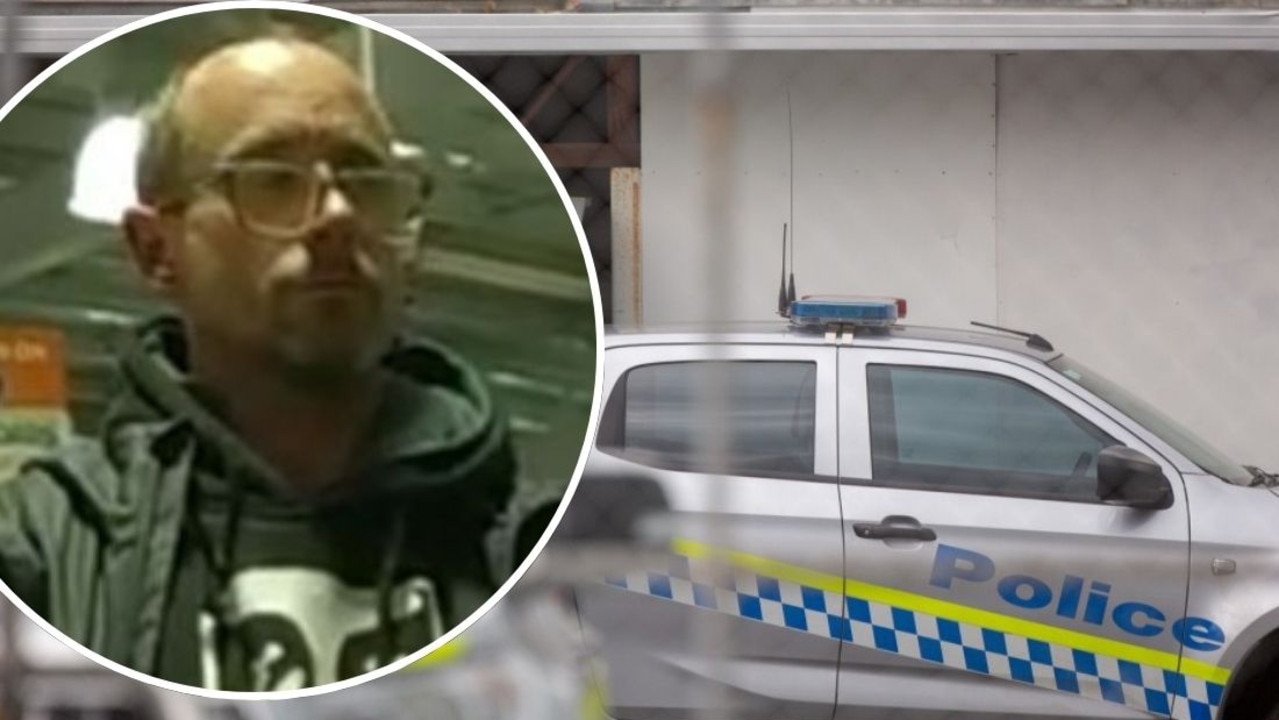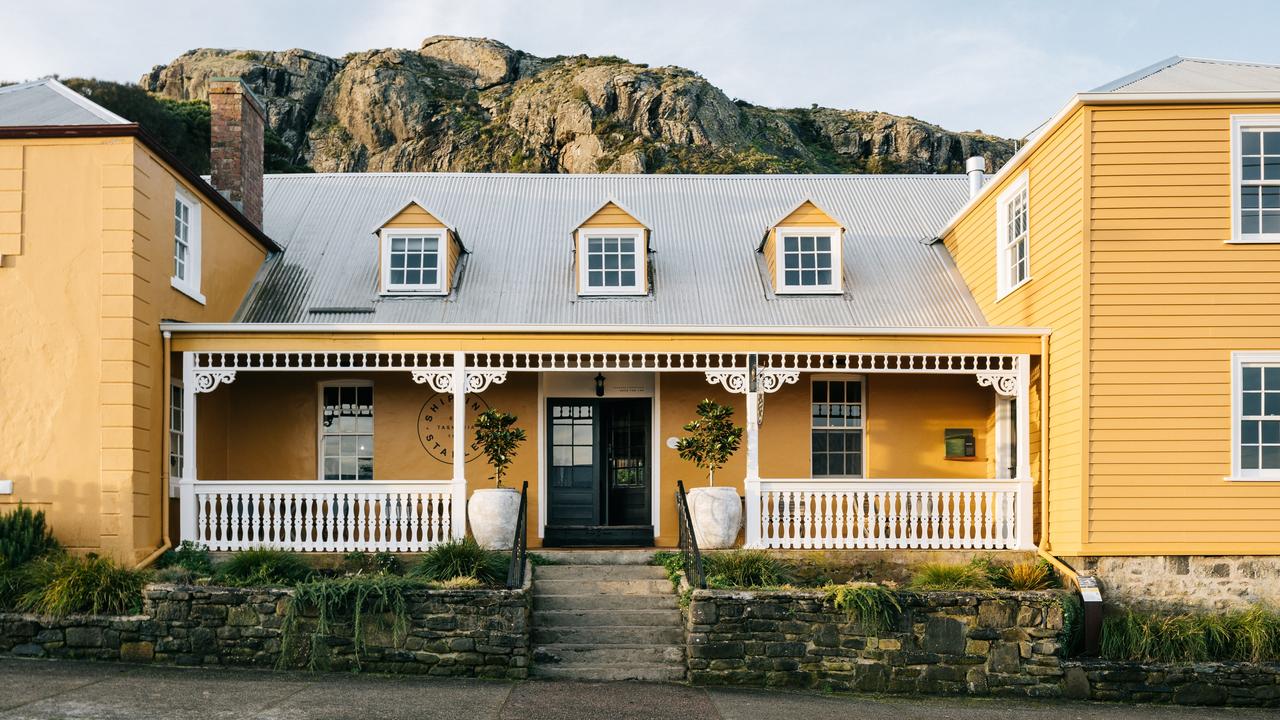Tassie is second worst in nation for morning peak hour, new traffic report reveals
HOBART’S traffic congestion is getting worse, with delays during morning peak hour now the second worst in the country.

Tasmania
Don't miss out on the headlines from Tasmania. Followed categories will be added to My News.
HOBART’S traffic congestion is getting worse, with delays during morning peak hour now the second worst in the country.
Drivers are spending 56 per cent more time getting into Hobart in the morning compared with driving in free-flow, the TomTom Traffic Index report says.
The delay means motorists in Hobart are the most held-up of any small city in Australia during morning peak-hour, and overall second only to Sydney.
The report, based on 2016 data, shows Hobart drivers are spending 32 per cent more travel time stuck in traffic across the day — up 5 per cent from 2015.
The TomTom Traffic Index measures traffic in 295 countries around the world, with Hobart ranking 23rd for relative congestion in the global ranking for cities with a population of less than 800,000. The previous year, Hobart ranked 86th.
Fuelling the congestion is motorists’ desire to reach the city centre, with a new State Government report showing the vast majority of motorists are driving to the city rather than passing through it.
The Hobart Traffic Origin-Destination Report, to be released today, shows that 79 per cent of cars are travelling to central Hobart in the morning peak, and 76 per cent are leaving from the CBD during the afternoon peak.
Infrastructure Minister Rene Hidding said the report would help future planning.
“Importantly, the report demonstrates that, as most people are coming into central Hobart and staying there until the afternoon, there is not currently a need for expensive infrastructure solutions such as a tunnel or elevated motorway through South Hobart, West Hobart and Lenah Valley,” he said.
“We will continue to look at initiatives to reduce congestion, including investing in Bluetooth traffic technology that will enable the traffic control centre to directly control traffic signals to quickly ease congestion points and to communicate traffic information directly to commuters.”
Monitoring from the Department of State Growth shows traffic volumes are rising steadily on the three main arterial roads leading into Hobart, which are all carrying record loads of vehicles.
Traffic growth has been highest on the Southern Outlet, at an average 3.05 per cent a year since 1982.


